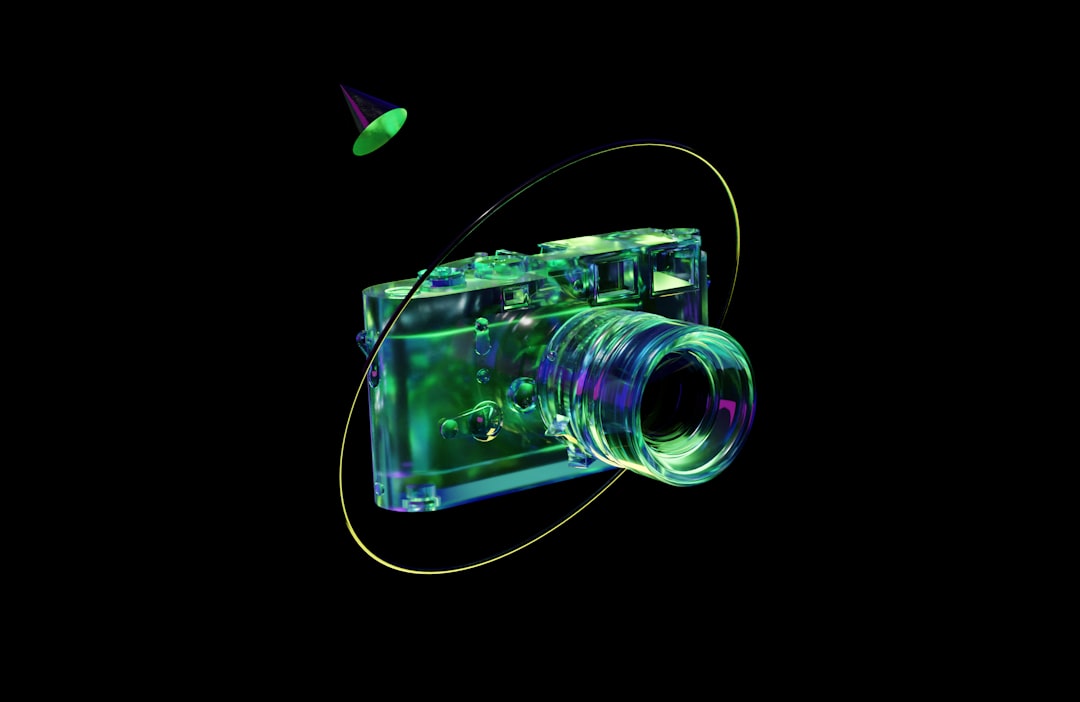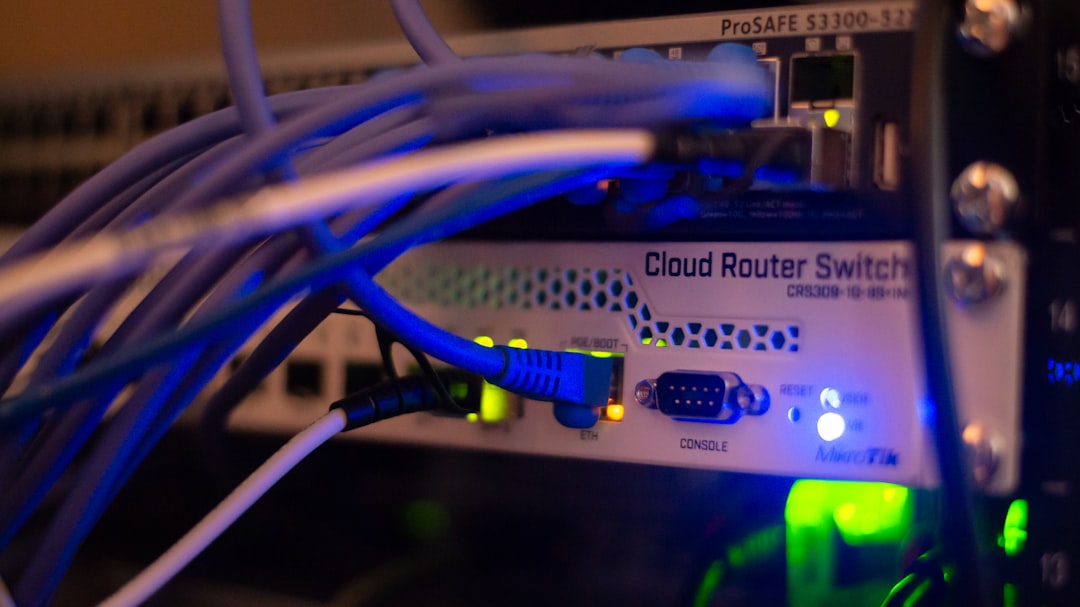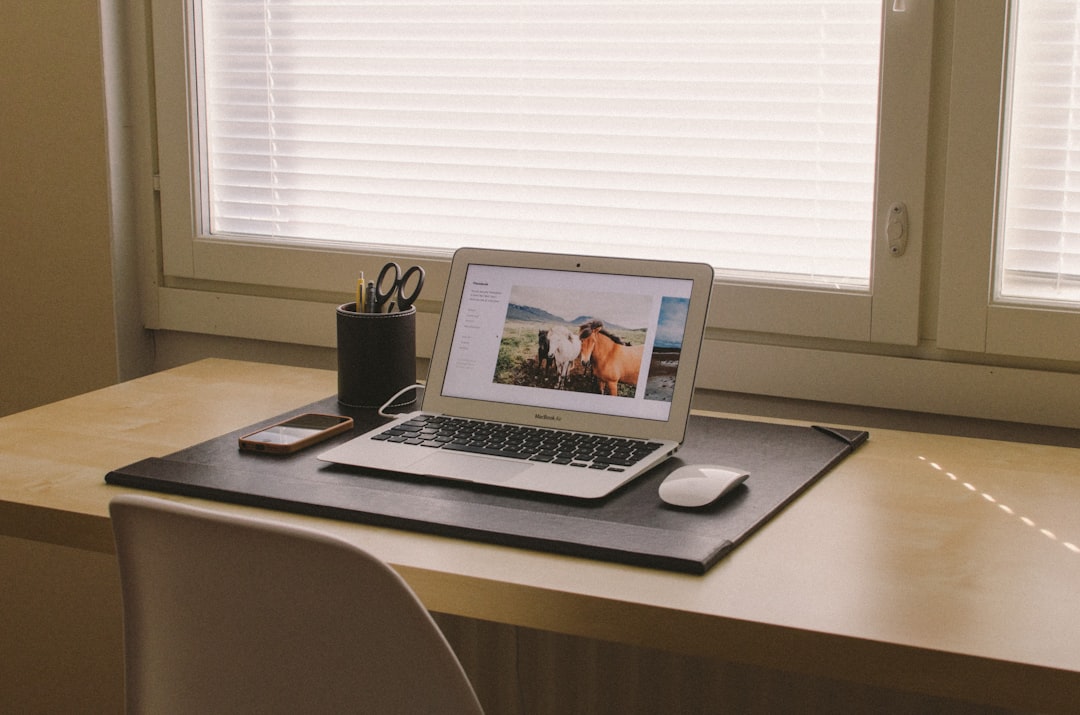Got an old external hard drive lying around? Awesome! You can give it a new life by turning it into internal storage for your PC. It’s a fun little project that’s easier than you think. Whether you’re trying to save money or just love tinkering, this guide is for you!
Contents of Post
First Things First: What’s the Difference?
An external hard drive connects via USB. It’s portable and usually comes in a plastic case. An internal hard drive lives inside your computer. It connects directly to the motherboard for faster performance.
So if your external drive is just collecting dust, it’s time to jailbreak it from its plastic prison!
What You’ll Need
- Your external hard drive
- A screwdriver (usually Phillips-head)
- A desktop PC with spare drive slots
- SATA cable and power connector (most PCs already have these)
And don’t worry—we’ll keep it stress-free!
Step 1: Open the External Case
This is where the fun starts. Carefully open the external hard drive case. Most cases are held together by screws or snap clips. Use your screwdriver to remove any screws. If it’s all plastic snap-fits, work gently with a flat tool to pop it open.
Important: Take your time and be gentle to avoid damaging the drive or cutting your fingers.

Step 2: Remove the Drive Inside
Once open, you’ll see a standard hard drive inside. It’s usually a 3.5″ drive for desktop externals or 2.5″ for portable ones. Disconnect it from the enclosure’s USB adapter and you’re golden. That’s your brand-new internal drive now!
Pro-tip: Save the screws—those are handy for mounting the drive inside your PC.
Step 3: Check Drive Compatibility
Make sure your PC has:
- An available SATA data port
- An open SATA power connector
- Physical space to fit the hard drive
Standard desktop PCs almost always have space. Laptops? Not so much. But if you’re working with a desktop, you’re good to go.
Step 4: Mount the Drive
Open your PC case. Find a drive bay—these are metal boxes where the hard drive sits. Line up the screw holes and secure your drive with screws. No screws? No problem. Tool-less trays exist too and make things even easier.
Super tip: Wear an anti-static wrist strap to avoid frying anything.

Step 5: Connect the Cables
Now, grab a SATA data cable. Plug one end into the hard drive, and the other into an open SATA port on the motherboard. Then use a SATA power connector from the power supply and plug that into your drive.
That’s it! All plugged in and ready to roll.
Step 6: Close the Case and Boot
Put the PC case back together. Power it on. Go into BIOS/UEFI by tapping DEL or F2 during startup. Check for your new internal drive. If it shows up, bam—you did it!
Step 7: Format the Drive
Once in Windows (or macOS/Linux), open Disk Management. You’ll see the new drive as “Unallocated.” Right-click and choose “New Simple Volume”. Pick a name, format it (usually NTFS for Windows), and hit finish.
The system will assign it a drive letter. You’re now the proud parent of more internal storage!
Why This Is Awesome
- It’s eco-friendly—reuse old tech!
- It saves money
- It’s faster than using the drive externally
- Makes your PC setup cleaner

Troubleshooting Tips
- Drive not showing up? Check cables again.
- Still hidden? Go to Device Manager and scan for hardware changes.
- Old drive? It may need jumper settings adjusted—check the label.
Wrap-Up
And there you go! From portable to permanent—your external drive is now one with your computer. It’s a satisfying little DIY project that doesn’t need tech wizardry. So pop that drive in, and enjoy the extra space!
Time to load it up with games, movies, or backups. You’ve earned it!

